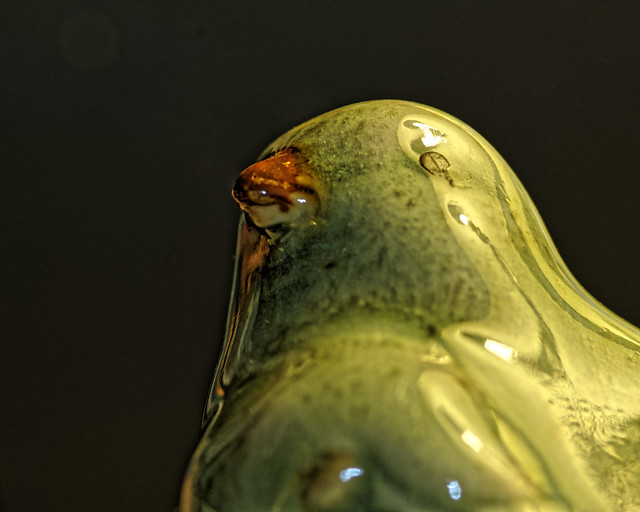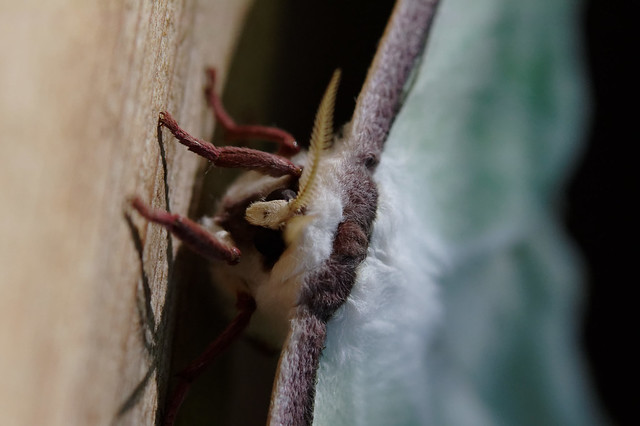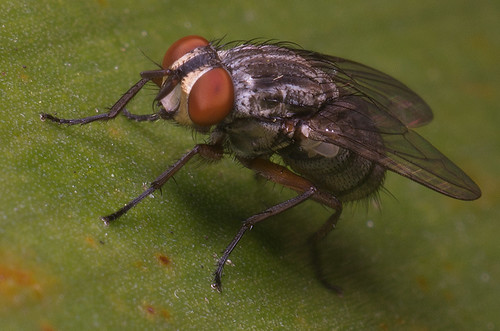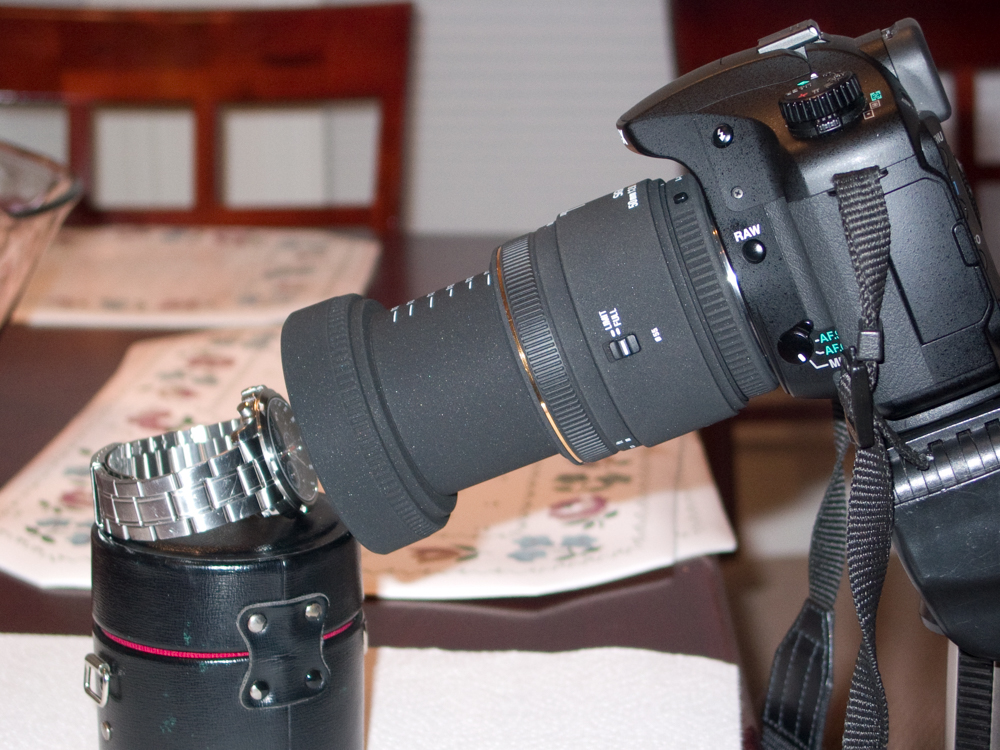 Originally posted by jeryst
Originally posted by jeryst 
one focal length, which is why I asked about which focal length would be best.
Depends on what you want to photograph. The DA 35mm f2.8 macro (beware, there is also a DA 35mm f2.4 which is
not macro) can be used for flower photos and non-macro landscapes, but is probably not the best choice for photographing snakes because you are literally a few millimeters from the subject when you focus to macro. Remember, macro just means the lens allows really super close focus. Wider the lens, the closer you will be and that means more complications. You might cast shadow on the subject, your lens might be reflected in the subject's eyes, you might scare the subject, you might get attacked by the subject (snakes, spiders..)
Usually for macro beginners it is recommended to start with telephoto, between 90mm and 105mm. Pentax 100mm macro is more well suited for insect and animal photography, portraiture, and telephoto landscapes. I have one and recommend it. The links posted to FA 100mm for around $200 is a good deal. You basically get a pro lens. It will likely blow away all your other lenses. Sigma 105mm is, according to reports, pretty good, too. Almost like Pentax, though Pentax usually has better colour rendering. Both are sharp and good to start macro photography. Tamron 90mm is not bad, either, and it is even cheaper.
DFA 50mm is by all reports a terrific lens and has many uses because of its
normal Focal length. I would still recommend you go with a more telephoto lens to begin.
You can get even older lenses, like F series or even A series. If you want to use extension tubes or bellows you can go even older and get M series lens. I know some people got good results with inexpensive Pentax M 50mm f1.7 and bellows, but that takes quite some skill. Really depends on you and what you want to photograph. If you love to use old manual lenses, go for it. If you want fast results and modern automation, then you need F or newer. If you want to photograph things that are perfectly still, you can get wider angle. If you want things that move, that might be skittish or dangerous, get telephoto. No modern macro prime will disappoint you in terms of image quality.
Edit: I stretched my budget and got DFA 100mm macro some years ago and its still the best lens I have. Do not regret it. Only a DA limited that I have comes close


 Similar Threads
Similar Threads 















 Post #32 by jaybird01
Post #32 by jaybird01








